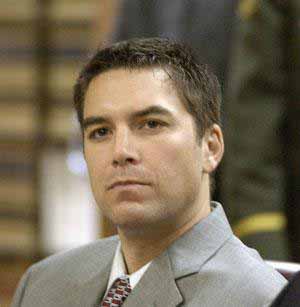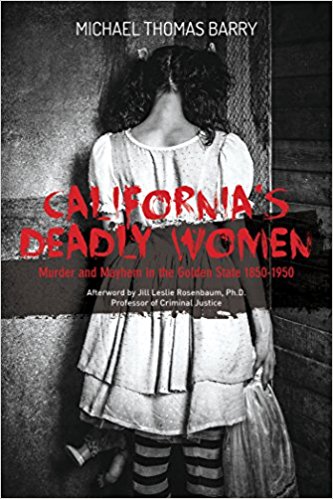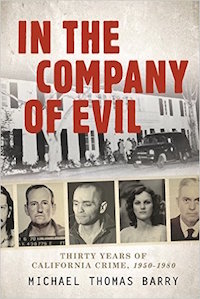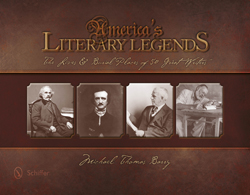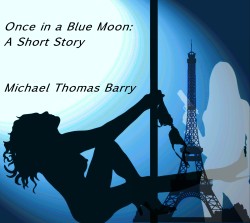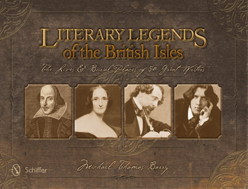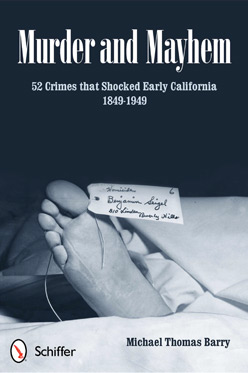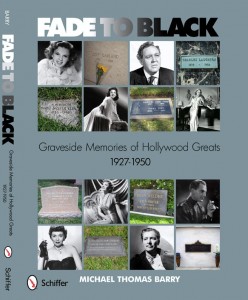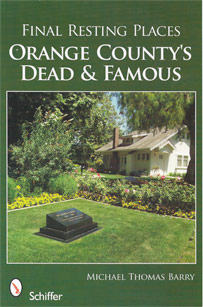06.02

What happened on this week in crime history June 2-8; Serial Killer Leonard Lake was arrested (June 2, 1985; Joran van der Sloot was arrested for murder in Chile (June 3, 2010); Jonathan Pollard admits to selling military secrets to Israel (June 4, 1986); Senator Robert F. Kennedy was shot in Los Angeles (June 5, 1968); Civil Righst leader James Meredith was shot during the “March Against Fear” (June 6, 1962); Kennedy family cousin, Michael Skakel was convicted of murder (June 7, 2002); James Earl Ray was arrested in London and charged with the assassination of Martin Luther King Jr. (June 8, 1968).
Highlight crime of the week –
On June 5, 1968, presidential candidate Robert F. Kennedy was shot at the Ambassador Hotel in Los Angeles, California. He had just finished delivering his victory speech in the California Democratic Primary. As the senator and his entourage were walking through the hotels kitchen pantry, Sirhan Sirhan, 22, stepped forward with a rolled up campaign poster, hiding his .22 revolver. He was only a foot away when he fired at Kennedy. Body guards wrestled Sirhan to the ground, but not before five bystanders were also shot. Sirhan, who was born in Palestine, confessed to the crime at his trial and received a death sentence on March 3, 1969. However, since the California State Supreme Court invalidated all death penalty sentences in 1972, Sirhan’s sentenced was reduced to life in prison. Sirhan shot Kennedy because he believed he was instrumental in the oppression of Palestinians. Robert Kennedy died at Good Samaritan Hospital at 1:44 a.m., on June 6, just 24 hours after he had been shot.
Michael Thomas Barry is a columnist for www.crimemagazine.com and is the author of numerous books that include the award winning, Murder and Mayhem 52 Crimes that Shocked Early California, 1849-1949 (2012, Schiffer Publishing). The WINNER of the 2012 International Book Awards and a FINALIST in the 2012 Indie Excellence Book Awards for True Crime.



